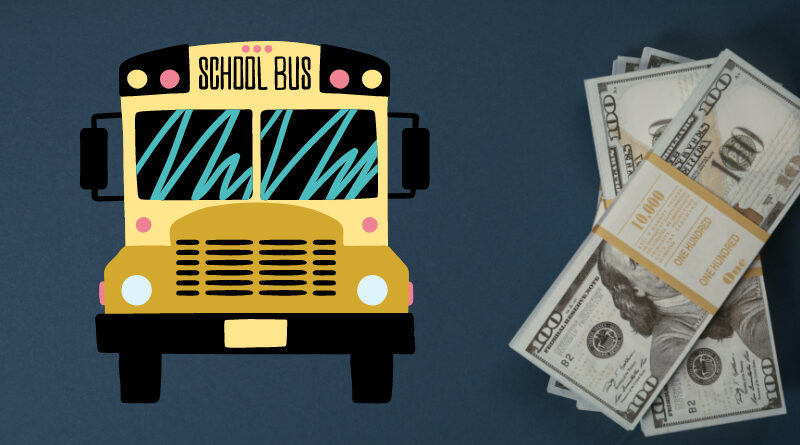State Will Hold Districts ‘Harmless’ For Funding
That giant gust you heard just before 3 p.m. Thursday wasn’t Texas wind – it was relief.
School districts statewide likely engaged in a huge sigh of relief after Gov. Greg Abbott and the Texas Education Agency announced that the state will extend its “hold harmless” period through the end of the school year.
The state extended a provision that keeps public funds to schools steady through the current school year, Gov. Greg Abbott announced via email Thursday, answering educators’ pleas for help.
What does that mean? Schools are funded largely on their attendance – how many students come to school (or log in, as the case may be this year) each day.
Thanks to the pandemic, the TEA estimated last October that attendance was down about 3% statewide – or 156,596 students.
Last month, Dallas ISD launched Operation Comeback in hopes of retrieving students that haven’t been attending school. The month-long program hoped to locate 9,000 high school students and 2,000 middle school and elementary students through contactless home visits.
Without the extension, the “hold-harmless” period would have expired after the first semester.
With the extension, districts will be funded based on pre-pandemic projections, which will allow districts to retain their teachers for the rest of the school year.
With the governor’s announcement, schools are guaranteed funding, but for the second semester there is a caveat – “it is being provided as long as on-campus attendance participation rates do not decline or those rates otherwise remain high (at least 80%),” the state said.
All told, districts have been held harmless for three consecutive semesters.
“As more districts return to in-person instruction, we are ensuring that schools are not financially penalized for declines in attendance due to COVID-19,” said Abbott. “Providing a hold harmless for the remainder of the 2020-2021 school year is a crucial part of our state’s commitment to supporting our school systems and teachers and getting more students back in the classroom.”
“It would be an understatement to say that Texas families have been negatively affected by the COVID environment,” said State Rep. Harold Dutton. “And perhaps those most affected have been our public school students who have had to educate remotely or not at all. Texas should do everything possible to get these students back to school but school districts must not be penalized financially for the absence of these students.”
TEA has published on its Coronavirus resource website documents that note the baseline on-campus attendance participation rates of every Texas school system in the fall of 2020.









